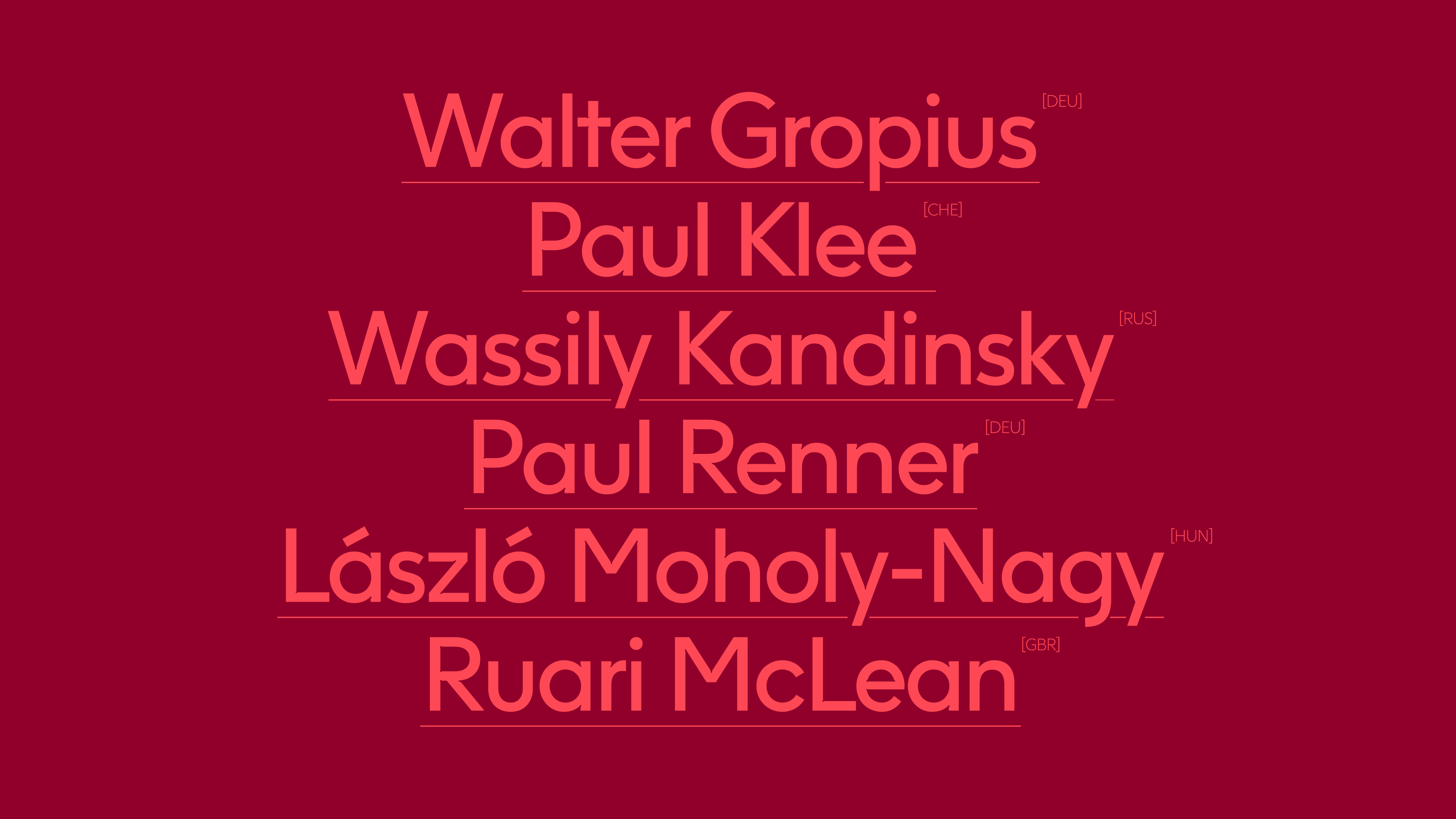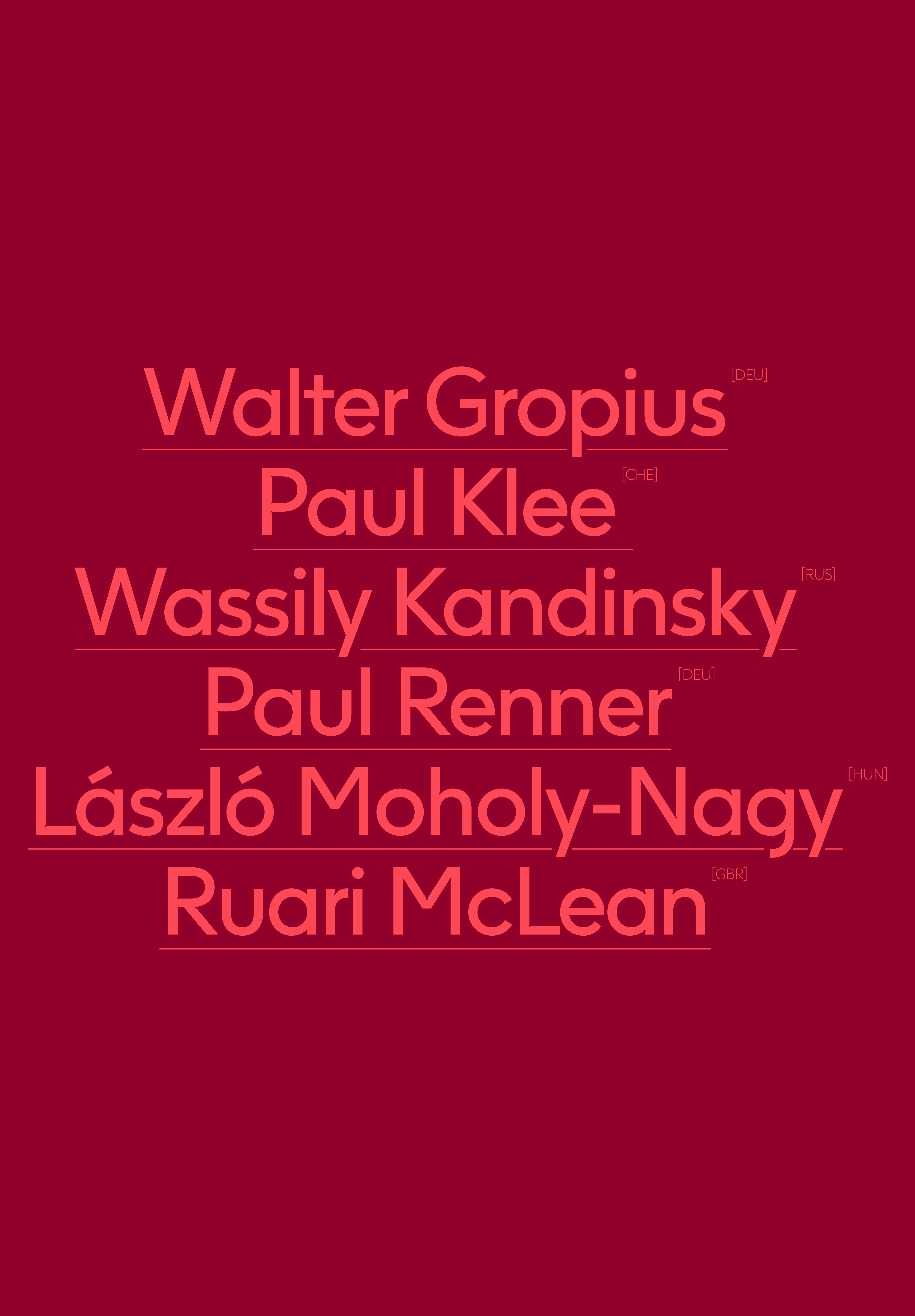F37 Jan
Show Styles & Pricing
Add to cartShow Styles & Pricing
F37 Jan
Thin Italic
Light Italic
Regular Italic
Bold Italic
Click to test
F37 Jan Font Sampler
Text
Thin
100pt
Buy from £40
F37 Jan features eccentric ink traps, specially designed geometric licks, and is a hybrid of two classic faces.
Alphabet
Light
150pt
Buy from £40
AaBbCcDdEeFfGgHhIiJjKkLlMmNnOoPpQqRrSsTtUuVvWwXxYyZz
Text
Regular
100pt
Buy from £40
Flygande bäckasiner söka strax hwila på mjuka tuvor.
Text
Bold
400pt
Buy from £40
Ink traps
Latin
Bold
80pt
Buy from £40
Lorem ipsum dolor sit amet, consectetur adipiscing elit. Vestibulum viverra eros a turpis luctus molestie.
Punctuation (Text)
Regular
60pt
Buy from £40
.,:;…!¡?¿·•*#//⁓-–—(){}[]‚„""''«»‹›"'ƒ@&¶§©®℗™°′″|¦†‡℮№₿¢₡¤$₫€₲₺₱₽£¥+−×÷=≠><≥≤±≈¬~^∅∞∫√µ%‰↑↗→↘↓↙←↖◊
Numerals
Bold
280pt
Buy from £40
1234567890
Popular Pairings with
F37 Jan
Buy F37 Jan & F37 Zagma
F37 Jan
F37 Zagma
F37 Ginger Arabic Soft
F37 Gruffy
Weight
Bold
Size
80pt
Leading
90pt
Tracking
-10
Buy F37 Jan & F37 Zagma
Jan Tschichold was born 2 April 1902 Leipzig, Germany.
He played a significant role in the development of graphic design in the 20th century – first, by developing and promoting principles of typographic modernism, and subsequently (and ironically) idealizing conservative typographic structures. His direction of the visual identity of Penguin Books in the decade following World War II served as a model for the burgeoning design practice of planning corporate identity programs. He also designed the much-admired typeface Sabon.
F37 Jan In Use
View AllMore F37® Fonts
F37 Analog
6 Styles
F37 Atlantic
10 Styles
F37 Attila
6 Styles
F37 Attila Arabic
6 Styles
F37 August
12 Styles
F37 Beckett
15 Styles
F37 Bella
8 Styles
F37 Bella Cyrillic
8 Styles
F37 Bella Greek
8 Styles
F37 Bergman
36 Styles
F37 Bergman Arabic
18 Styles
F37 Blanka
48 Styles
F37 Blanka Arabic
16 Styles
F37 Blanka Cyrillic
48 Styles
F37 Blanka Devanagari
8 Styles
F37 Blanka Greek
48 Styles
F37 Blanka Hebrew
16 Styles
F37 Blanka Mono
16 Styles
F37 Blanka Mono Cyrillic
16 Styles
F37 Blanka Mono Greek
16 Styles
F37 Blanka Pan African
48 Styles
F37 Blanka Thai
16 Styles
F37 Bobby
6 Styles
F37 Bobby Arabic
3 Styles
F37 Bolton
20 Styles
F37 Bolton Arabic
10 Styles
F37 Bolton Cyrillic
20 Styles
F37 Bolton Greek
20 Styles
F37 Britain Condensed
3 Styles
F37 Britain Humanist
10 Styles
F37 Britain Sans
10 Styles
F37 Britain Scotch
8 Styles
F37 Britain Serif
8 Styles
F37 Britain Slab
8 Styles
F37 Britain Typewriter
12 Styles
F37 Caligari
6 Styles
F37 Caslon
16 Styles
F37 Drago
16 Styles
F37 Elastica Sans
8 Styles
F37 Elastica Serif
8 Styles
F37 Ginger
12 Styles
F37 Ginger Arabic
6 Styles
F37 Ginger Cyrillic
12 Styles
F37 Ginger Greek
12 Styles
F37 Ginger Mono
12 Styles
F37 Grotesc
14 Styles
F37 Gruffy
12 Styles
F37 Gruffy Slab
12 Styles
F37 Haggler
12 Styles
F37 Holborn
18 Styles
F37 Holborn Arabic
18 Styles
F37 Holborn Cyrillic
18 Styles
F37 Holborn Greek
18 Styles
F37 Hooj
14 Styles
F37 Hooj Arabic
7 Styles
F37 Hybrid
12 Styles
F37 Hybrid Cyrillic
12 Styles
F37 Incise
8 Styles
F37 Incise Arabic
8 Styles
F37 Jagger
8 Styles
F37 Judge
32 Styles
F37 Judge Arabic
16 Styles
F37 Judge Cyrillic
32 Styles
F37 Judge Greek
32 Styles
F37 Judge Thai
32 Styles
F37 K9
8 Styles
F37 Kookie
12 Styles
F37 Lemon
8 Styles
F37 Lineca
30 Styles
F37 Lineca Arabic
30 Styles
F37 Lineca Cyrillic
30 Styles
F37 Lineca Greek
30 Styles
F37 Lothian
12 Styles
F37 Mancunio
36 Styles
F37 Maulstick
10 Styles
F37 Moon
14 Styles
F37 Moon Arabic
7 Styles
F37 Moon Cyrillic
14 Styles
F37 Moon Greek
14 Styles
F37 Neuro
12 Styles
F37 Neuro Arabic
12 Styles
F37 Pythia
10 Styles
F37 Qbik
30 Styles
F37 Randy
12 Styles
F37 Saint
5 Styles
F37 Sonic
14 Styles
F37 Stout
20 Styles
F37 Tinker
8 Styles
F37 Tinker Cyrillic
8 Styles
F37 Tinker Greek
8 Styles
F37 Tinker Hebrew
8 Styles
F37 Wicklow
12 Styles
F37 Wicklow Arabic
6 Styles
F37 Wicklow Arabic Stencil
6 Styles
F37 Zagma
36 Styles
F37 Zagma Arabic
12 Styles
AaAaAaعAaAaAaДдΛλAaعAaعДдकΛλאAaДдΛλƁɓกAaعAaعДдΛλAaAaAaAaAaAaAaAaAaAaAaAaAaعДдΛλAaAaAaAaAaAaعДдΛλAaعAaДдAaعAaAaعДдΛλกAaAaAaAaعДдΛλAaAaAaAaعДдΛλAaعAaAaAaAaAaAaAaДдΛλאAaععAaع

